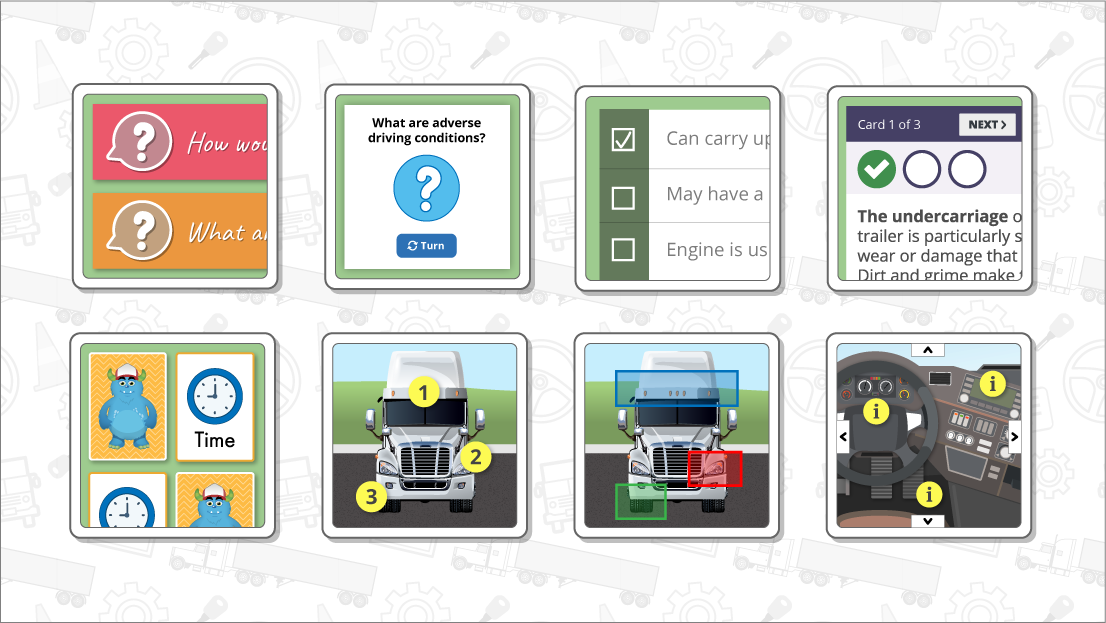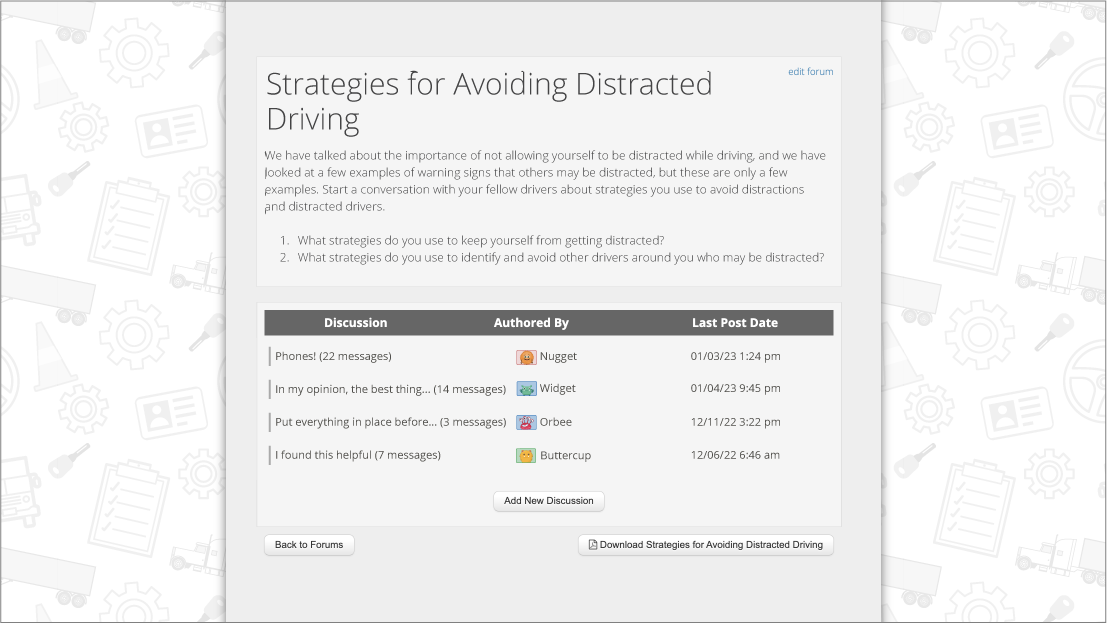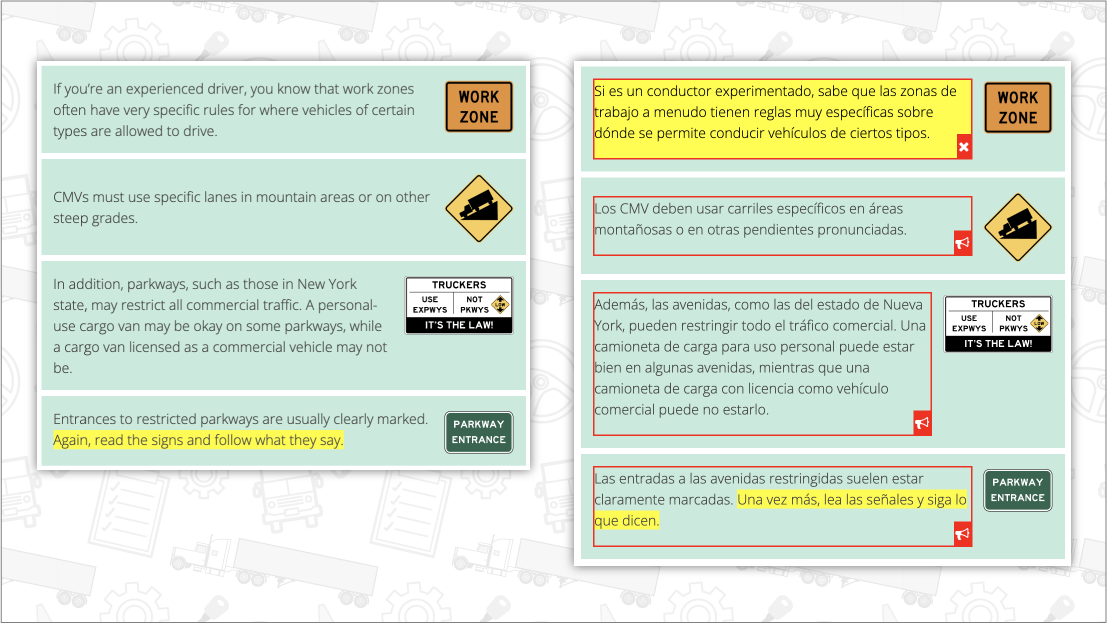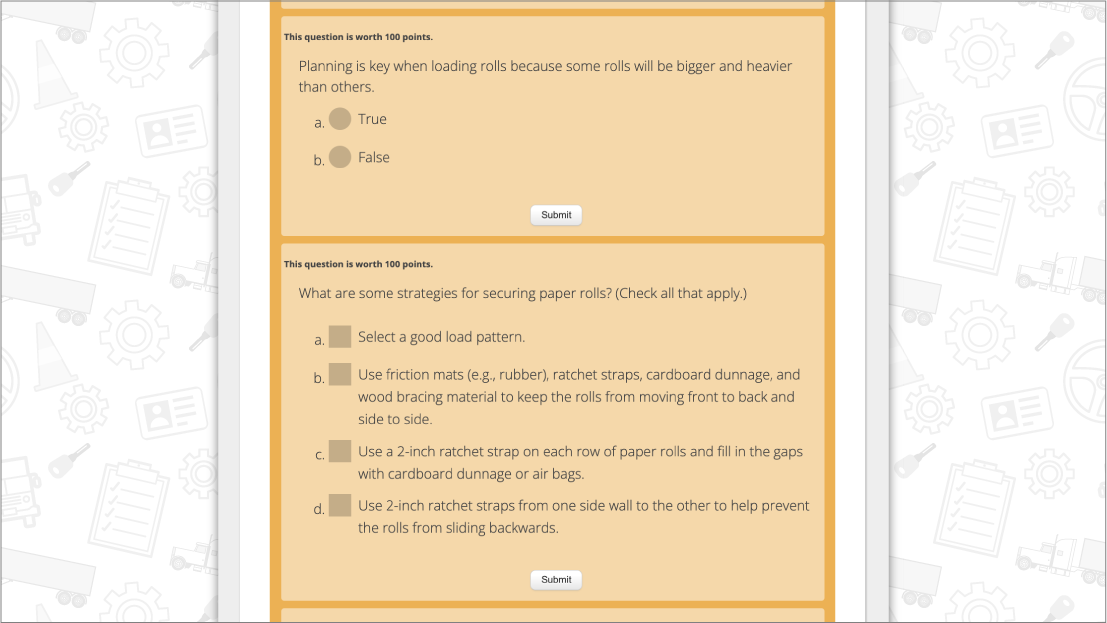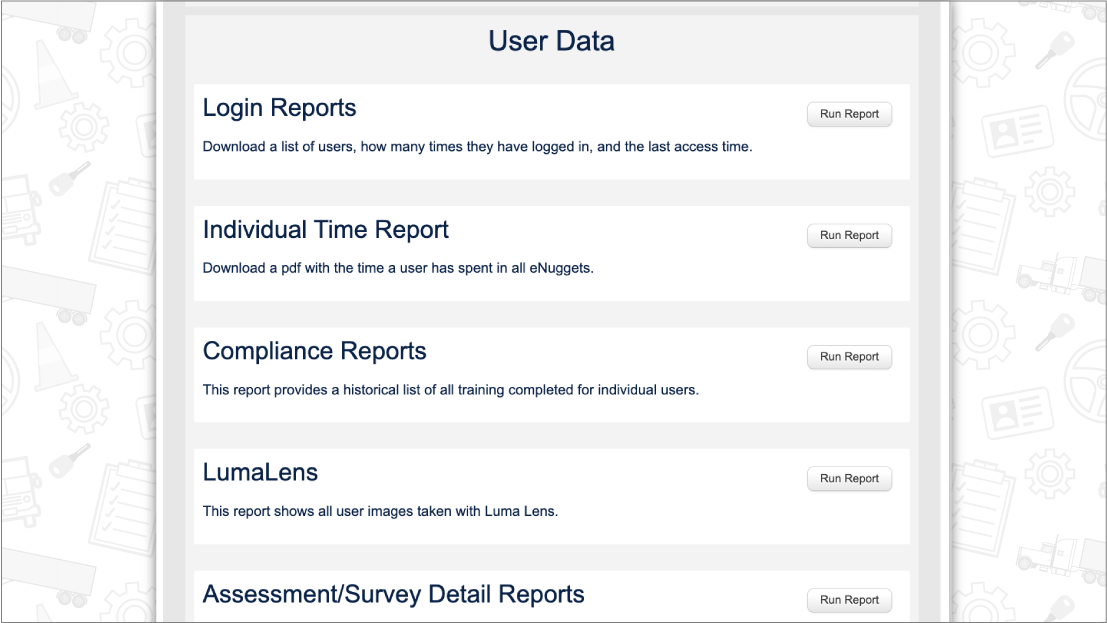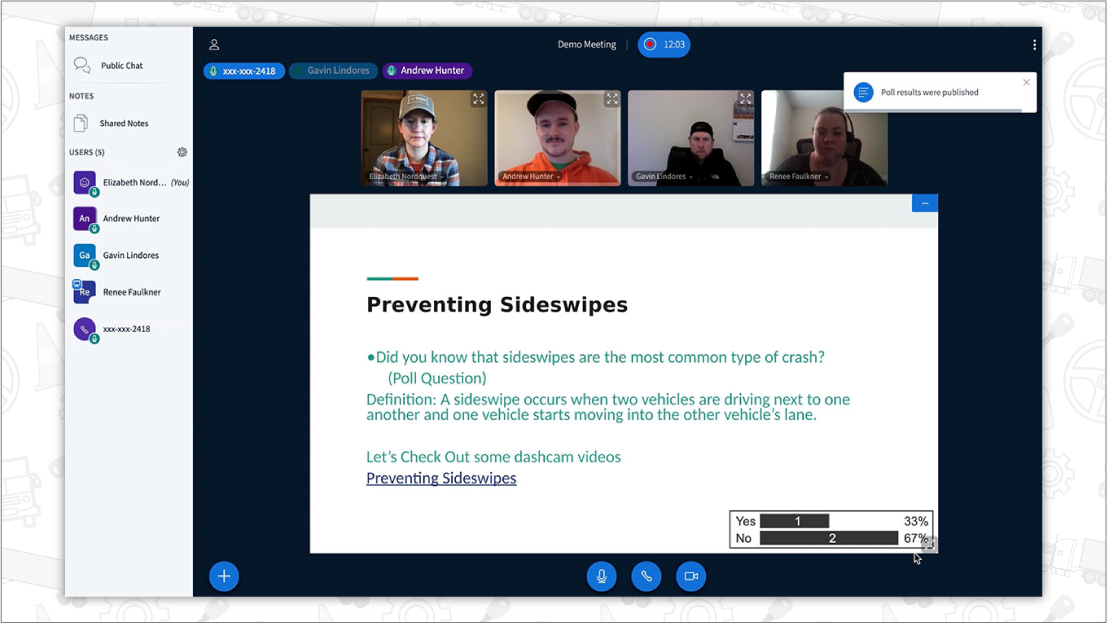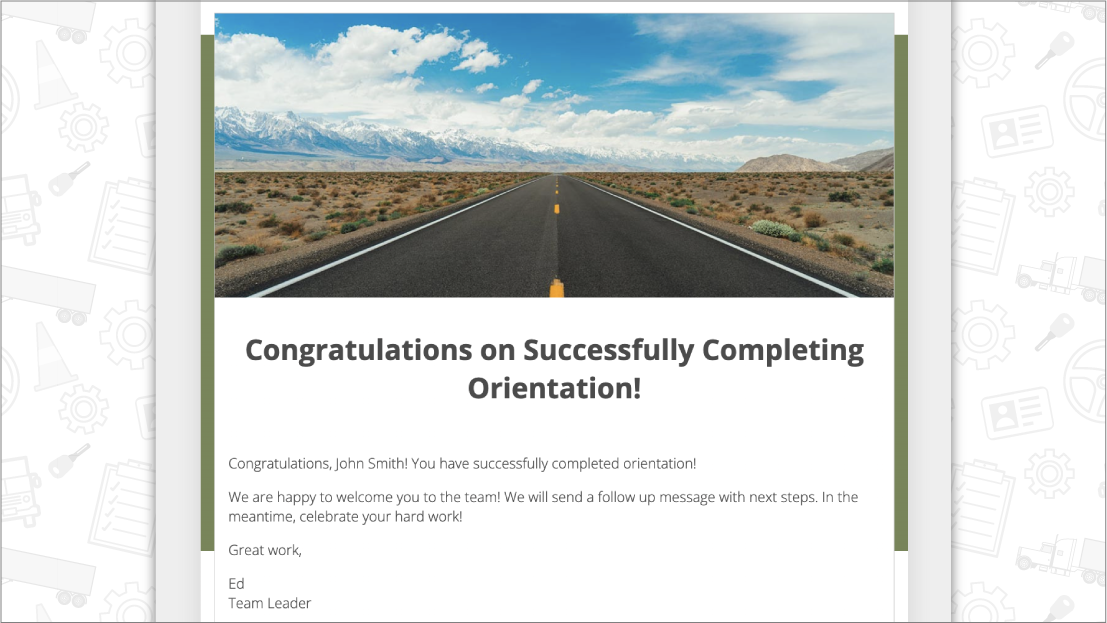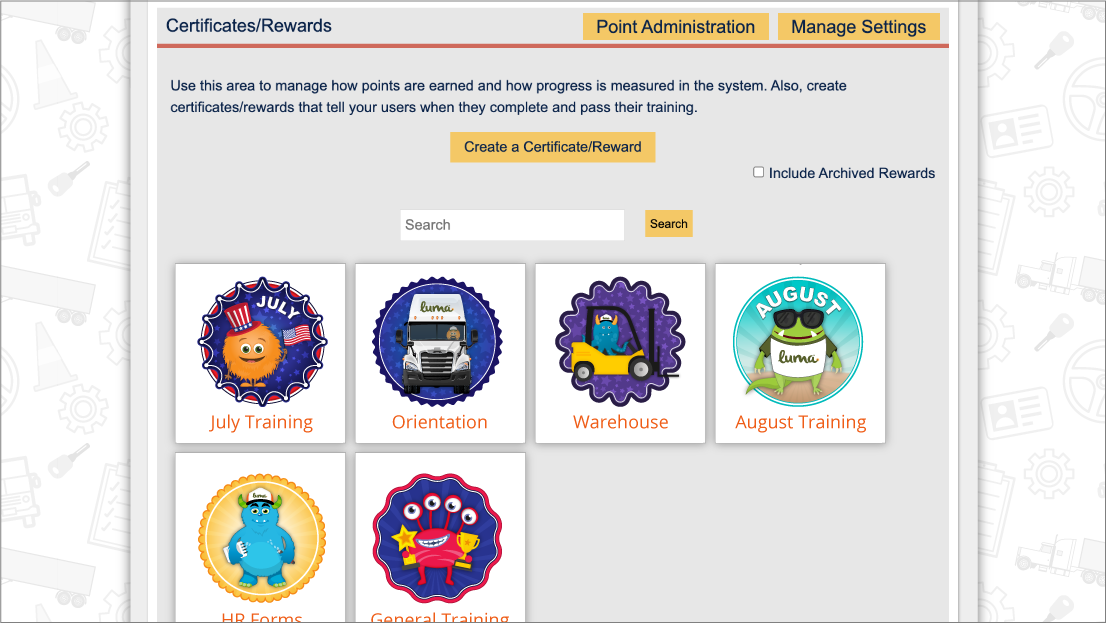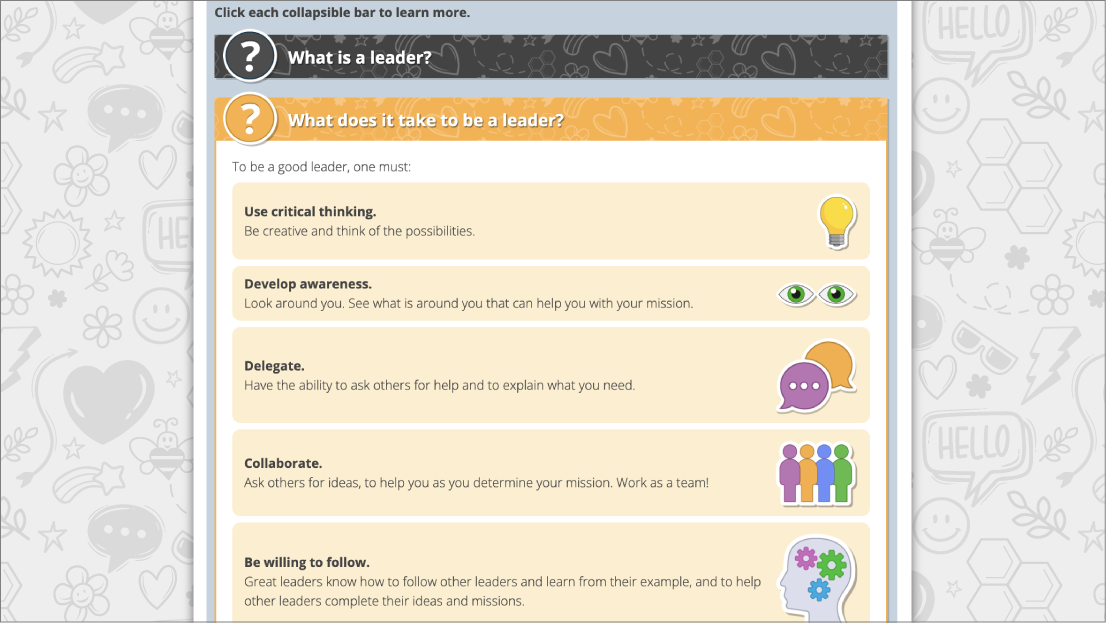
Hours of Service Notice of PROPOSED Rulemaking Summary
Proposal Released, August 14, 2019 — Comments Due, End of September 2019
Background: Since their inception, the Hours of Service (HOS) rules have been contentious. Most recently, as carriers adapt to the precision of Electronic Logging Devices, the trucking industry have called for additional HOS flexibility to improve efficiency while preserving safety. To more fully understand industry concerns, the Federal Motor Carrier Safety Administration (FMCSA) conducted numerous listening sessions and issued an advance notice of proposed rulemaking during the summer of 2018 asking stakeholders specific questions and requesting additional data on ways to improve flexibility while maintaining safety.
It is in this context that FMCSA has proposed significant changes to several elements of the HOS rules including: the 14-hour rule; the short haul exception; the 30-minute rest break; the split-sleeper berth rule; and the adverse driving conditions exception.
FMCSA proposes to allow drivers to pause their 14-hour driving window with an off-duty break of between 30 minutes and three hours, once per day.
FMCSA proposes to lengthen the maximum on-duty period and air-mile radius for the CDL short-haul exception to 14 consecutive hours and 150 air-miles, respectively (from 12 consecutive hours and 100 air-miles).
FMCSA proposes to modify the 30-minute rest break rule to allow drivers to satisfy the requirement using 30 minutes of on-duty, not-driving time. In addition, under the proposal, a driver wouldn’t need to take a break until he/she accumulates eight hours of driving time, rather than eight hours of on-duty time.
FMCSA proposes to allow drivers using the split-sleeper-berth exception to split their off-duty periods into two off-duty periods provided one is at least two hours and the other involves at least seven consecutive hours spent in the sleeper berth. In other words, 8 & 2 and 7 & 3 splits would be allowed.
FMCSA proposes drivers who encounter unexpected adverse driving conditions would be allowed to extend their 14-hour driving window by an additional two hours to complete their run for the day.
It’s important to note these are proposed rule changes, which may or may not be finalized. This process could take a year or more. If finalized there will be a transition period likely measured in months, before they would become effective. Keep in mind that any future HOS changes would affect not only fleets and drivers, but also ELD vendors who will need to write and test new software code before implementing the changes.


